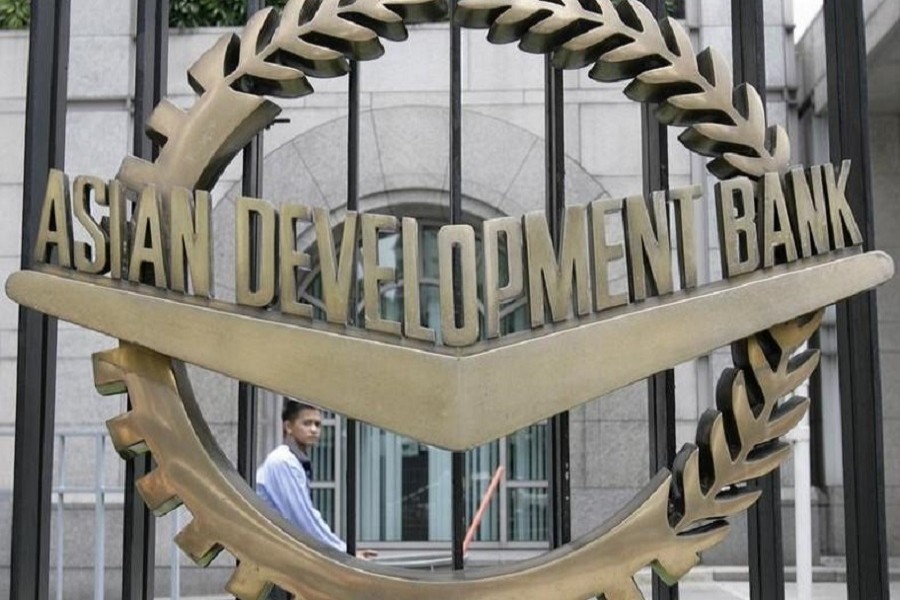The Bangladesh economy is expected to remain strong in fiscal 2020, with a strong GDP growth rate of 7.8 per cent, according to the Asian Development Bank.
The gross domestic product (GDP) of Bangladesh is expected to grow by 8.0 per cent in FY2021, the ADB said in its latest Asian Development Outlook report on Friday.
These growth forecasts rest on assumptions of continued political calm, maintained consumer and investment confidence, depressed exports and imports in FY2020 and recovery in FY2021, expansionary monetary policy and favourable weather, bdnews24.com reported.
The forecasts do not reflect the impact of the COVID-19.
“Bangladesh economy continued to perform well despite the global economic slowdown. However, there exists a downward risk due to the COVID-19 global pandemic,” said country director Manmohan Parkash.
“ADB’s preliminary estimates indicate that about 0.2% to 0.4% of Bangladesh GDP may be lost due to spillover effects of the global COVID-19 pandemic. If a significant outbreak occurs in Bangladesh, the impact could be more significant”.
“The outlook will be updated as more information becomes available. To cope with and mitigate the impact of the COVID-19, ADB is committed to support and collaborate with Bangladesh,” said Parkash.
Appreciating the government’s recent interventions, Parkash said: “Addressing cash management challenges and broader resiliency issues due to COVID-19 related shutdowns and economic knock-ons could help minimize impact on Bangladesh economy.”
During the first eight months of FY2020, Bangladesh economy showed strong performance with growing domestic demand, supported by substantial increase in workers’ remittances.
Economic activity is expected to accelerate with higher government development spending; higher imports of liquefied natural gas, oil and construction materials; favourable power production, and government’s policy support to boost exports. However, the COVID-19 pandemic could hamper such trend due to disruptions in export demands, suppressed consumption, and curbed remittances.


